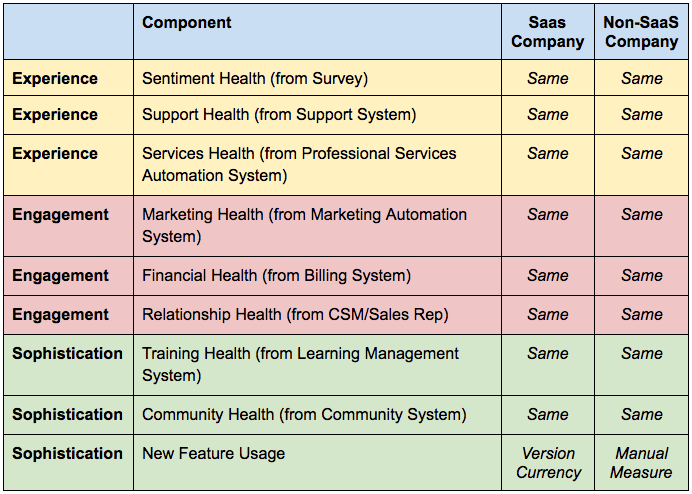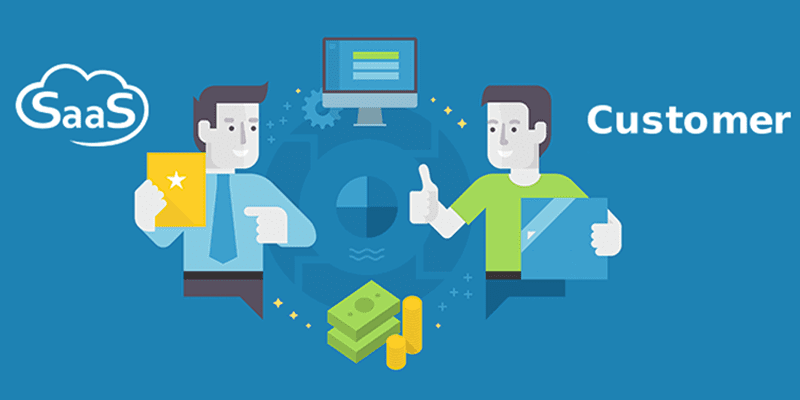I’ve got something to tell you. And it might shock you if you’re not a SaaS business.
For some context, I’ve met with hundreds and hundreds of leaders of B2B businesses in all walks of life—from financial services to healthcare to on-premise software to hardware and devices—who all long to be “like SaaS companies who know everything their customers are doing and are always one step ahead” (this is a direct quote from one of these meetings).
Knowing the majority of SaaS leaders out there myself, I politely smile while hearing this. Meanwhile, my inner monologue laughs “if they only knew.”
The truths are disturbing:
- Many SaaS businesses—while running in the cloud themselves—have no access to “usage data.”
- For many that do, often their customer-facing teams don’t have the data themselves—forcing them to go through engineering every time.
- Once through these two parts of the gauntlet, the majority find that usage data on its own isn’t super predictive of retention or churn.
Let’s double-click on that last one since it might shock you if you run a “non-SaaS” company dreaming of life in the cloud.
What we’ve found at Gainsight, after numerous data science studies on our clients’ historical churn data—and after feedback from hundreds of customers—is:
- While non-usage is often (not always) a sign of churn, the converse isn’t true. Usage in aggregate isn’t necessarily a sign of retention.
- Specifically, aggregate web-style metrics like usage volume, frequency, or time are often red herrings in terms of churn prediction.
- Sophisticated customer experience indicators (like support activity, services engagements, survey feedback or the like) combined with usage improve predictive power significantly.
- Furthermore, engagement activity (like sponsor change, marketing engagement, QBR attendance, and qualitative scoring) are key components.
- Finally, product usage is often more predictive when assessed in terms of “quality” of usage—or “sophistication,” as our friends at Box put it. Are they using advanced features? Newer features?
If you’re a company without “usage data,” your situation doesn’t look as grim as you might think.

Indeed, if we published anonymized “Health Scorecards” from our non-SaaS and SaaS clients, I bet you wouldn’t be able to tell which are from which bucket.
So while you might think the solution to understanding your clients depends on a journey to the cloud, in reality, it’s much closer than you think.

